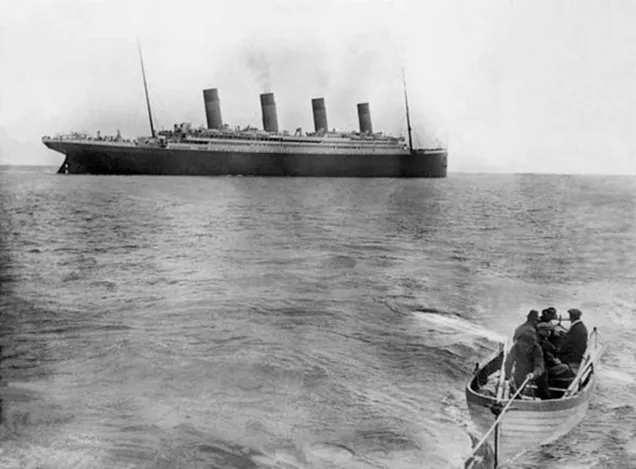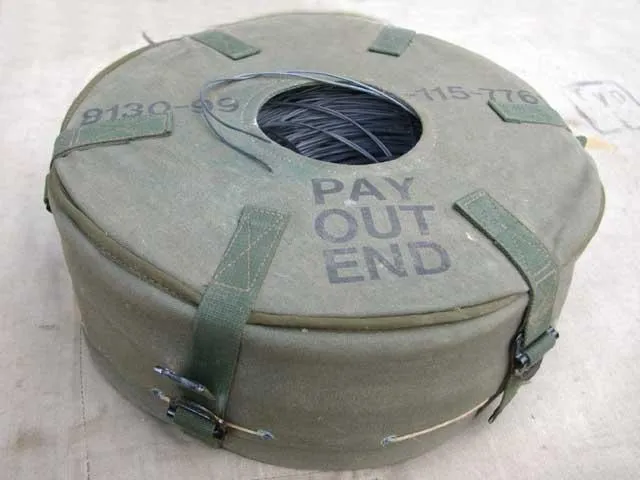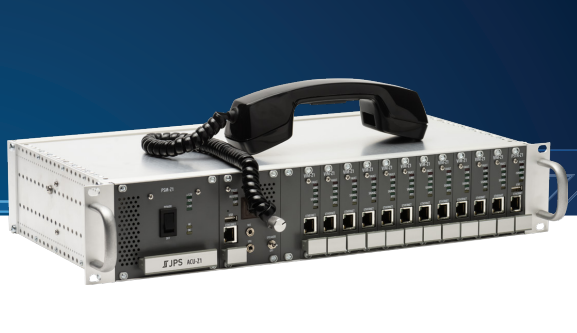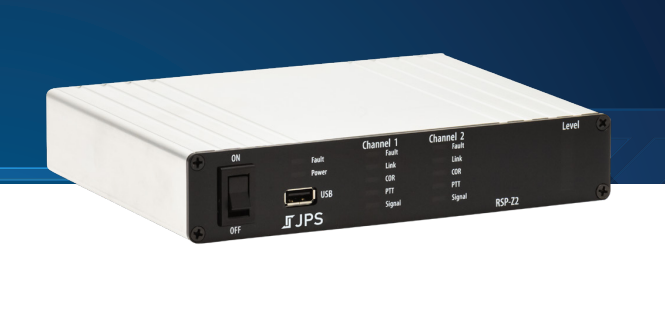maritime communications
military communications
military radio
radio communications
British army, british navy, early radio technology, marconi, marine communication, maritime communication, military communication, military history, naval history, radio evolution, radio history, radio in warfare, royal signals, technological innovation, titanic disaster, titanic radio, US Army, us navy, wireless telegraphy, world war communication
9M2PJU
0 Comments
The Untold Story of Radio Communication: From Maritime Innovation to Military Lifeline
Radio communication is such a fundamental part of our modern world that we often take it for granted. Yet, the story behind its invention and early use is a fascinating journey through innovation, tragedy, and rapid military adaptation. This tale begins on the high seas and moves swiftly onto the battlefields, forever changing how humans connect over distances.
The Birth of Wireless Communication: A Maritime Breakthrough
Why Ships Needed Radio First
At the turn of the 20th century, ships were isolated once they left port. Their ability to communicate was limited to flags, signal lamps, and messengers—methods that depended heavily on visibility and proximity. This made maritime navigation and coordination difficult and often dangerous.
The invention of wireless telegraphy, or radio, changed everything. Instead of relying on physical wires or line-of-sight signals, ships could now send Morse code messages over hundreds of miles without cables, using radio waves traveling through the air.
Guglielmo Marconi: The Father of Radio
The story of radio’s early days is inseparable from Guglielmo Marconi, the Italian inventor who in the late 1890s began experimenting with wireless communication. In 1895, Marconi sent the first wireless signals over a short distance in Italy. His vision was clear: communication should transcend wires and physical obstacles.
Marconi’s crowning achievement came in 1901 when he successfully transmitted the first transatlantic wireless message from Cornwall, England, to Newfoundland, Canada—some 3,500 kilometers away. This monumental breakthrough proved that radio waves could travel vast distances, including over the curvature of the Earth, opening the door to global wireless communication.
Navies Lead the Charge
The implications for naval fleets were enormous. Warships could now coordinate across great distances, call for assistance, and navigate more safely. The British Royal Navy quickly took the lead, establishing radio stations and training operators to utilize this new technology. Their early adoption was driven by necessity—the vastness of the seas and the strategic advantage of better communication.
Radio Enters the Military Battlefield
The British Army and Early Wireless Experiments
While the Navy was first to adopt radio, the British Army soon followed, recognizing its value for land warfare. The Army’s Royal Engineers began wireless telegraphy experiments in the early 1900s, developing portable sets for communication between units and artillery.
By the time World War I erupted in 1914, radio communication, though still rudimentary, had become crucial. It allowed commanders to direct artillery fire accurately, coordinate troop movements, and relay reconnaissance reports much faster than previous methods.
To professionalize and centralize military communications, the British Army established the Royal Corps of Signals in 1920. This corps became the backbone of all army communications, ensuring radio technology evolved alongside military needs.
Across the Atlantic: The U.S. Military’s Radio Journey
In the United States, the U.S. Navy similarly pioneered military radio use in the early 1900s, recognizing the critical need for ship-to-ship and ship-to-shore communication. Around 1901, the Navy started establishing radio stations and training personnel.
The U.S. Army began integrating radio technology shortly afterward, focusing on field communication. Early radios were large and cumbersome, often vehicle-mounted, but they provided a vital new tool for command and control.
The U.S. Marine Corps, under the Department of the Navy, adopted radio technology early as well, leveraging the Navy’s expertise to support amphibious operations and shipboard communication.
The Titanic Tragedy: Radio’s Lifesaving Role and Wake-Up Call
The maritime world’s early adoption of radio was not without its tragedies. The sinking of the RMS Titanic in April 1912 remains one of the most famous maritime disasters in history—but it also highlighted radio’s lifesaving potential.
How Radio Helped Save Lives
The Titanic was equipped with one of the most powerful shipboard wireless telegraphy stations of its time. When it struck an iceberg late on April 14, 1912, its wireless operators sent distress signals (CQD and later SOS) that alerted nearby ships.
Despite the tragedy resulting in over 1,500 deaths, these radio signals helped rescue vessels, like the RMS Carpathia, reach the disaster site faster, saving hundreds more lives. This event underscored the vital importance of continuous wireless watch on ships.
International Impact and Regulation
The Titanic disaster prompted the international community to mandate 24-hour wireless watch and standardize distress signaling protocols. The International Convention for the Safety of Life at Sea (SOLAS) was born from these efforts, shaping maritime safety regulations that remain in place today.
Evolution of Military Radio: From Morse to Digital
Early Military Radios
The first military radios were simple spark-gap transmitters, capable only of sending Morse code over longwave frequencies. These devices were bulky, required skilled operators, and had limited range and reliability.
Technological Advances
Over the decades, radio technology rapidly improved:
- Vacuum tubes enabled voice (AM and FM) transmission, making communication faster and more intuitive.
- Radios became more portable and rugged, allowing use on vehicles and by foot soldiers.
- Encryption and frequency hopping enhanced security and resistance to jamming.
Modern Military Communication
Today’s military radios are sophisticated, digital, and networked. They support secure voice, data, and video transmission on the move, integrating with satellites and drones. This evolution, from Marconi’s spark-gap transmitter to digital battlefield networks, illustrates radio’s profound impact on military operations worldwide.
From Sea to Battlefield and Beyond
The invention and early use of radio communication transformed both maritime and military history. What began as a visionary idea by Guglielmo Marconi to send wireless signals across the ocean rapidly became an essential technology for navies and armies alike.
The tragic sinking of the Titanic was a stark reminder of radio’s critical role in safety and communication, leading to global reforms. Over time, radio’s role expanded from ship-to-ship communication to a battlefield lifeline and eventually to the complex digital networks that support today’s armed forces.







Post Comment